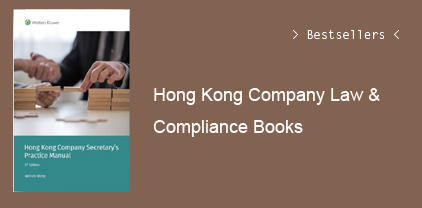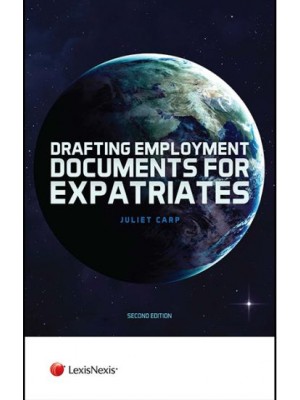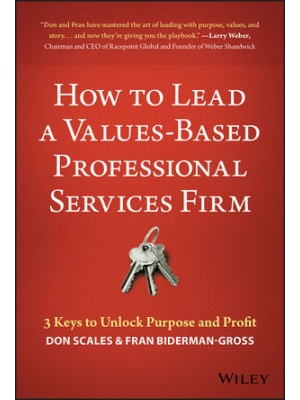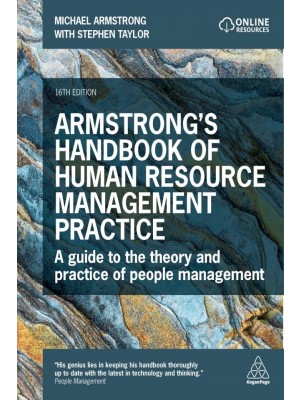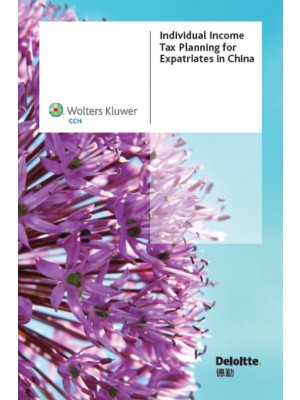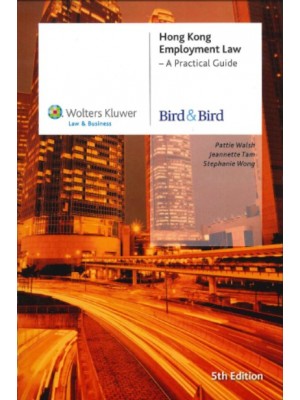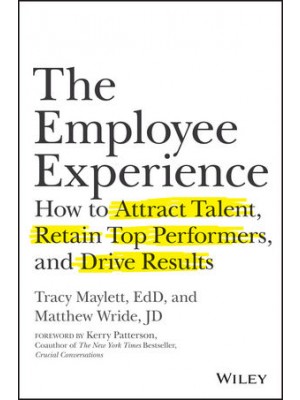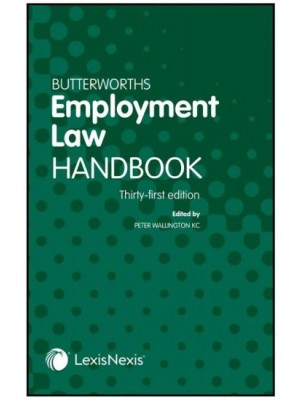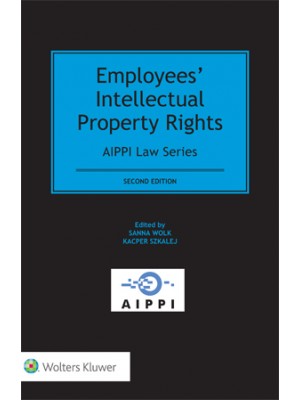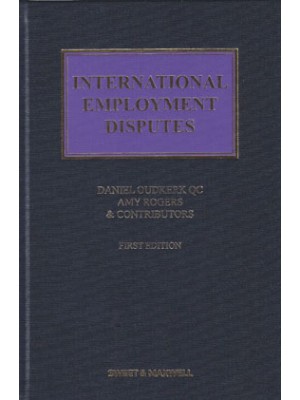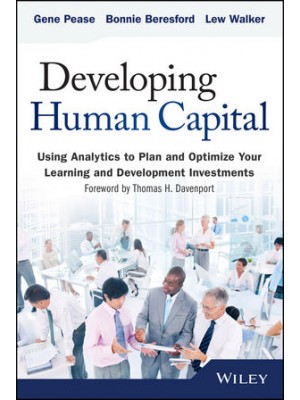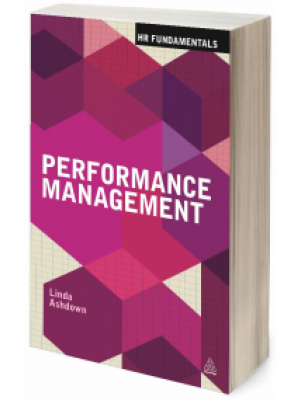Preface to Eighth Edition .
Preface to First Edition .
Nomenclature and Acronyms .
Acknowledgements .
About the Authors .
About the Contributors.
INTRODUCTION.
Chapter 1 The Discipline of Cost Planning .
1.1 Buildings cost money.
1.2 What happened to the cost plan?.
1.3 The cost planning process.
1.4 Cost planning and the role of the quantity surveyor (QS).
1.5 Public sector building procurement.
1.6 International dimensions.
1.7 The future of cost planning.
Chapter 2 Research and Development in Cost Planning Practice .
2.1 Introduction.
2.2 Knowledge management in construction.
2.3 eProcurement and the cost planning function.
2.4 Harnessing digital communication through the supply chain.
2.5 Typical applications used in e-procurement and cost planning.
2.6 e-Procurement and IT developments in cost planning/quantity surveying practice.
2.7 Research in cost planning and cost modelling.
Chapter 3 The Three Stages of Cost Planning .
3.1 Introduction.
3.2 Stage 1: The outline client brief, procurement strategy and the budget.
3.3 Stage 2: The cost planning and control of the design process.
3.4 Stage 3: Cost control of the procurement and construction stages.
3.5 The role of the cost planner.
3.6 Cost planning practice.
3.7 Key points.
PHASE 1: COST PLANNING AT THE BRIEFING STAGE .
Chapter 4 Developers’ Motivations and Needs .
4.1 Developers and development.
4.2 Profit development, social development and user development.
4.3 Cost targets for profit development.
4.4 Cost targets for social or public sector user development.
4.5 Cost targets for private user development.
4.6 Cost targets for mixed development.
4.7 Cost–benefit analysis (CBA).
4.8 The client’s needs.
4.9 Key points.
Chapter 5 Client Identification and the Briefing Process .
5.1 Introduction.
5.2 The client.
5.3 Type and level of management service required by client.
5.4 Types of clients – user clients and paying clients and the stakeholder perspective.
5.5 The brief and the process of briefing.
5.6 Format and content of the brief.
5.7 The client’s budget.
5.8 Calculating building costs.
5.9 Budgetary examples.
5.10 Key points.
Chapter 6 The Economics of Cost Planning .
6.1 The time value of money.
6.2 Interest – the cost of finance.
6.3 Is interest always taken into account?.
6.4 The importance of understanding the cost–time relationship.
6.5 The application of simple development economics.
in cost planning: terminology and nomenclature.
6.6 Project cash flow.
6.7 Discounted cash flow techniques.
6.8 Key points.
Chapter 7 Whole Life Cycle Costing and Design Sustainability .
7.1 Introduction.
7.2 History of WLCC.
7.3 Definitions and disambiguation.
7.4 Applications of WLCC – the public sector perspective.
7.5 WLCC beyond construction.
7.6 Private sector procurement.
7.7 Theory and methodology.
7.8 Disadvantages of whole-life costs assessment.
7.9 Software tools for WLCC.
7.10 Key points.
Chapter 8 Procurement and the Relationship with Project Costs .
8.1 Introduction.
8.2 The traditional procurement system and cost planning.
8.3 Standard forms of building contract.
8.4 Basic forms of building contract in the traditional method of procurement.
8.5 JCT contracts for traditional procurement.
8.6 Design and build procurement.
8.7 Management-based procurement.
8.8 Partnering.
8.9 Public sector construction procurement and the Private Finance Initiative.
8.10 Key points.
PHASE 2: COST PLANNING AT THE DESIGN STAGE .
Chapter 9 The Design Process and the Project Life Cycle .
9.1 Introduction.
9.2 The building design process.
9.3 The design team.
9.4 The RIBA Plan of Work.
9.5 Comparison of design method and scientific method.
9.6 A conceptual design model.
9.7 Design techniques.
9.8 Generally.
9.9 Recognition of design methods in cost information systems.
9.10 An evaluative system.
9.11 A strategic cost information system.
9.12 Key points.
Chapter 10 Standard Methods of Cost Modelling .
10.1 Prototypes.
10.2 Other types of model.
10.3 Objectives of modelling.
10.4 Traditional cost models.
10.5 Horses for courses.
10.6 The pyramid.
10.7 Single price rate methods.
10.8 Elements.
10.9 Features.
10.10 Standard Method of Measurement (SMM7) – the BQs as a cost model.
10.11 Operations and resources.
10.12 Spatial costing.
10.13 Synthesis.
10.14 Design-based building cost models.
10.15 The bill of quantities.
10.16 Elemental cost analysis.
10.17 The Standard Form of Cost Analysis (SFCA).
10.18 Design cost parameters.
10.19 Building shape.
10.20 Height.
10.21 Optimum envelope area.
10.22 Further cost modelling techniques.
10.23 Classification of models.
10.24 Key points.
Chapter 11 Cost and Performance Data .
11.1 Introduction.
11.2 The ambiguous problem of software.
11.3 Types and origins of cost data.
11.4 The reliability of cost data.
11.5 Occupation costs.
11.6 Problems with site feedback.
11.7 Problems with the analysis of BQs.
11.8 Variation in pricing methods.
11.9 Variation in BQ rates for different jobs.
11.10 Research into variability.
11.11 The contractor’s bid.
11.12 The structuring of cost data.
11.13 An integrated system of groupings?.
11.14 Sources of data.
11.15 Published cost data.
11.16 Future development.
11.17 Key points.
Chapter 12 Construction Cost Indices .
12.1 The cost index.
12.2 Use of index numbers.
12.3 Approaches to constructing an index.
12.4 The factor cost index.
12.5 The tender-based index.
12.6 Published forms.
12.7 Problems in constructing and using cost indices.
12.8 Which type of index to use.
12.9 Key points.
Chapter 13 Cost Planning the Brief .
13.1 The brief.
13.2 An iterative process.
13.3 Preliminary estimate based on floor area.
13.4 An example of a preliminary estimate.
13.5 An example using BCIS data.
13.6 Cost reductions.
13.7 Data sources.
13.8 Mode of working.
13.9 Key points.
Chapter 14 Cost Planning at the Scheme Design Stage .
14.1 Elemental estimates.
14.2 A typical elemental rate calculation.
14.3 Examination of alternatives.
14.4 Need for care.
14.5 The cost plan.
14.6 Specification information in the cost plan.
14.7 Elemental cost studies.
14.8 Foundations.
14.9 Frame.
14.10 Staircases.
14.11 Upper floors.
14.12 Roofs.
14.13 Rooflights.
14.14 External walls.
14.15 Internal walls and partitions.
14.16 Windows.
14.17 Doors.
14.18 Floor, wall and ceiling finishes and decorations.
14.19 Engineering services.
14.20 Joinery fittings.
14.21 Cost studies generally.
14.22 Preparation of the cost plan.
14.23 Method of relating elemental costs in proposed project to analysed example.
14.24 Presentation of the cost plan.
14.25 Key points.
PHASE 3: COST PLANNING AND CONTROL AT PRODUCTION AND OPERATION .
Chapter 15 Planning and Managing Project Resources and Costs.
15.1 Introduction.
15.2 Nature of the construction industry.
15.3 Problems of changes in demand.
15.4 Costs and prices.
15.5 The contractor’s own costs.
15.6 Two typical examples.
15.7 Cash flow and the building contractor.
15.8 Allocation of resource costs to building work.
15.9 System building, modular assembly, prefabrication and cost.
15.10 Key points.
Chapter 16 Resource-based Cost Models .
16.1 Effect of job organisation on costs.
16.2 A well-managed construction project.
16.3 Traditional versus resource-based methods of cost planning.
16.4 Value added tax (VAT).
16.5 Resource-based cost models.
16.6 Resource programming techniques.
16.7 The Gantt chart.
16.8 The critical path diagram (or the network diagram).
16.9 Resource levelling (or smoothing).
16.10 Resource-based techniques in relation to design cost planning.
16.11 Obtaining resource cost data for building work.
16.12 Identification of differing variable costs.
16.13 Costing by operations.
16.14 Use of resource-based cost information for design cost planning.
16.15 Key points.
Chapter 17 Cost Control (1): Final Design and Production Drawing Stage .
17.1 Cost checks on working drawings.
17.2 Carrying out the cost check.
17.3 Use of an integrated computer package at production drawing stage.
17.4 Use of resource-based techniques at production drawing stage.
17.5 Cost reconciliation.
17.6 Completion of working drawings and contract documentation.
17.7 A critical assessment of elemental cost planning procedures.
17.8 Key points.
Chapter 18 Cost Control (2): Real Time .
18.1 Why real-time cost control?.
18.2 The problem of information.
18.3 Real-time cost control of lump sum contracts based on BQs.
18.4 Real-time cost control of negotiated contracts.
18.5 Real-time cost control of cost reimbursement contracts.
18.6 Real-time cost control of management contracts.
18.7 A spreadsheet cost report on a management contract.
18.8 Control of cash flow.
18.9 Cash flow control of major development schemes.
18.10 Control of short-term cash flow.
18.11 Payment delays on profit projects will be to the client’s advantage.
18.12 Cost control on a resource basis.
18.13 Key points.
Chapter 19 Cost Planning of Renovation and Maintenance Work .
19.1 Introduction.
19.2 The appropriateness of lump sum competitive tenders.
19.3 Elemental cost planning inappropriate.
19.4 Conflict of objectives.
19.5 Risk and uncertainty.
19.6 Safety.
19.7 Occupation and/or relocation costs.
19.8 The need for effectiveness liaison and oversight.
19.9 Costs excluding occupation.
19.10 Key points.
Appendix A BCIS Elemental Cost Analysis .
Appendix B Discount Rate Tables .
Index



